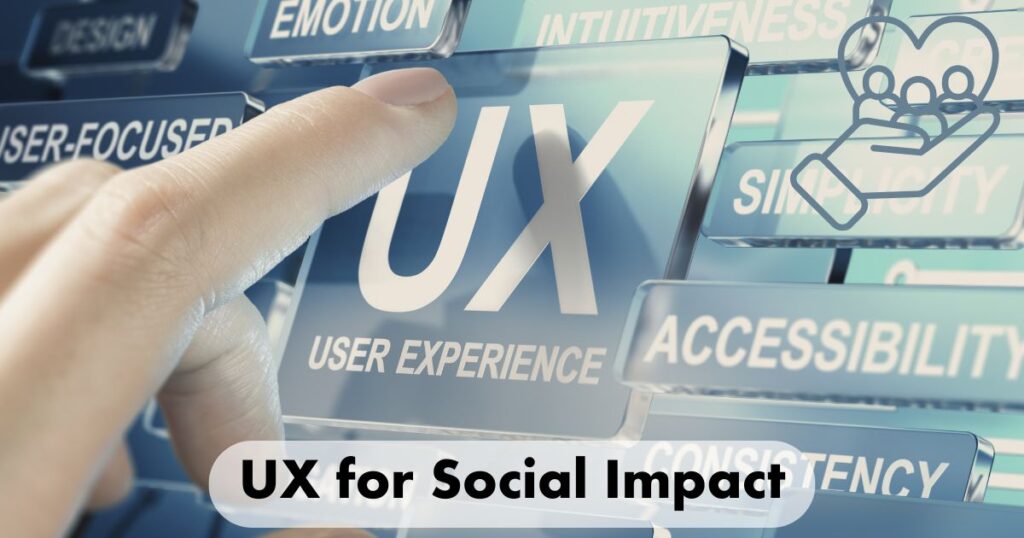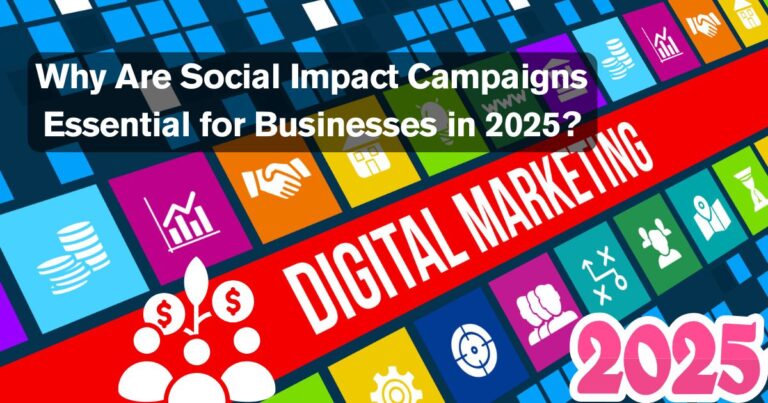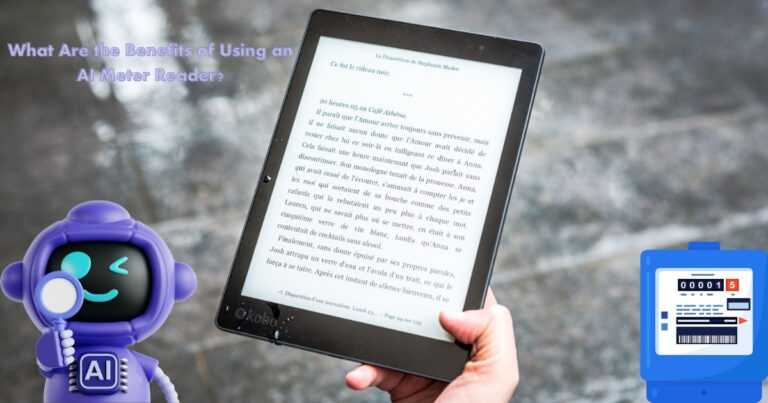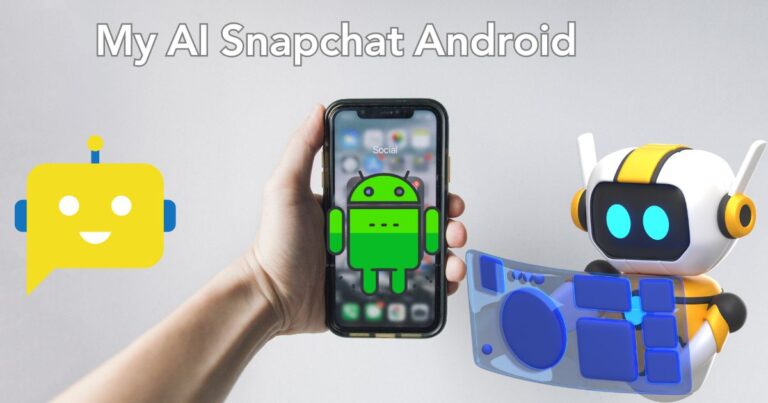
Table of Contents
ToggleIntroduction
In today’s digital age, user experience (UX) extends beyond creating aesthetically pleasing interfaces or seamless navigation. It has become a tool for driving social change, addressing global challenges, and making technology accessible to all.
This article explores how UX design can contribute to social impact and create meaningful change.
What Is UX for Social Impact?
UX for social impact focuses on designing digital products and services that solve societal challenges, promote inclusivity, and improve the quality of life for underserved communities.
It goes beyond traditional design objectives by prioritizing empathy, accessibility, and cultural sensitivity.
Principles of UX for Social Impact
1. Empathy-Driven Design
Understanding users’ needs, emotions, and cultural backgrounds is the foundation of impactful UX. Designers should involve target communities in the design process to create solutions that resonate with their realities.
2. Accessibility as a Priority
Creating designs that are inclusive of people with disabilities, low literacy, or limited digital access ensures that technology serves everyone, not just a privileged few. This includes features like screen reader compatibility, voice input, and multi-language support.
3. Culturally Aware Solutions
Designs should respect and reflect cultural nuances. Whether it’s colour schemes, imagery, or functionality, cultural sensitivity ensures broader acceptance and usability.
4. Sustainability and Scalability
Socially impactful UX should consider the long-term effects of a design and its ability to scale to different regions or communities without losing effectiveness.
5. Collaborative Processes
Working alongside social workers, NGOs, and policymakers can help UX designers better understand the challenges faced by marginalized communities.
Examples of UX for Social Impact

Examples of UX for Social Impact
1. Accessible Healthcare Apps
Healthcare apps designed for underserved areas provide remote consultations, medicine reminders, and health education, bridging the gap between patients and healthcare providers.
2. Educational Platforms for Marginalized Groups
Platforms like Khan Academy or local learning apps help children and adults access education despite economic or geographic constraints.
3. Crisis Management Tools
Disaster management applications, such as early warning systems and resource allocation tools, showcase how thoughtful UX can save lives in emergencies.
4. Financial Inclusion Apps
Micro-financing and digital wallets designed with simple interfaces enable financial inclusion for those without formal banking access.
Challenges in Designing for Social Impact
- Limited Resources: Working with constrained budgets and technological infrastructure.
- Diverse User Needs: Addressing the varied needs of global communities requires extensive research and adaptability.
- Ethical Dilemmas: Balancing business goals with ethical responsibilities in profit-driven projects.
How to Get Started
- Research Extensively: Study the communities you aim to help to understand their specific pain points.
- Test with Real Users: Conduct usability tests in the target environment to gather authentic feedback.
- Iterate Continuously: Refine designs based on user feedback and evolving community needs.
FAQs For UX for Social Impact
1. What is the role of UX in social impact?
UX plays a pivotal role in ensuring technology is user-friendly, inclusive, and effective in addressing societal challenges like education, healthcare, and disaster management.
2. How can UX designers contribute to social change?
Designers can focus on creating solutions that cater to marginalized communities, promote accessibility, and solve pressing social issues.
3. What tools can help in UX design for social impact?
Tools like Figma, Adobe XD, and research platforms such as Google Forms or Hotjar can streamline the design and user research process.
4. Why is empathy important in UX for social impact?
Empathy ensures that designs resonate with users’ actual needs and challenges, making the solutions more effective and impactful.
5. Can UX design be profitable while driving social impact?
Yes, many socially impactful projects achieve financial sustainability through partnerships, grants, or business models that balance profit with purpose.
Conclusion
UX for social impact demonstrates how design can be a force for good. By prioritizing empathy, accessibility, and cultural awareness, designers can create solutions that address global challenges and improve lives.
Whether it’s bridging gaps in healthcare, education, or financial services, the power of UX lies in its ability to transform lives through thoughtful and inclusive design.
Designing for social impact is not just a responsibility—it’s an opportunity to make the world a better place, one interface at a time.






